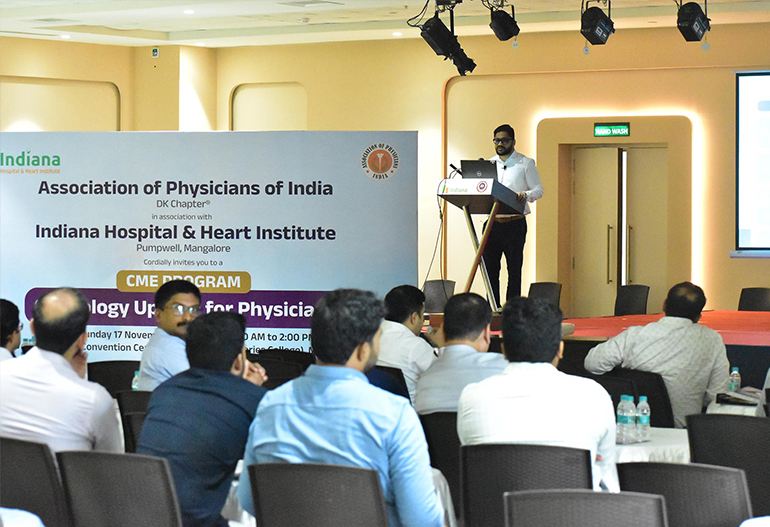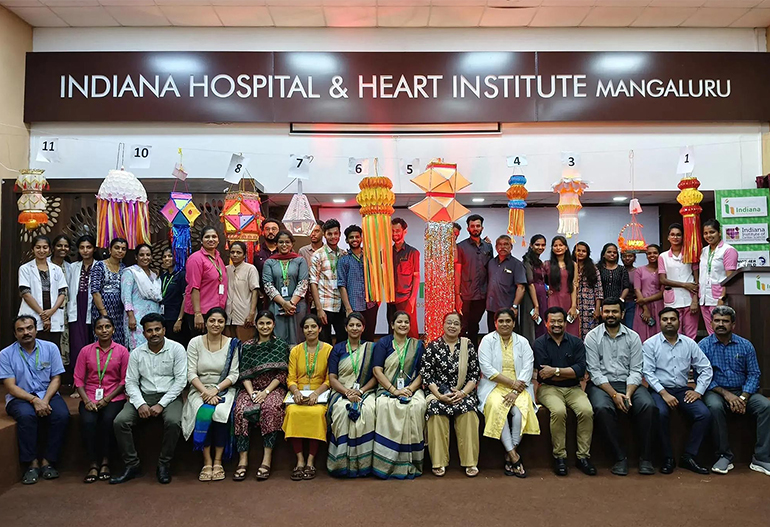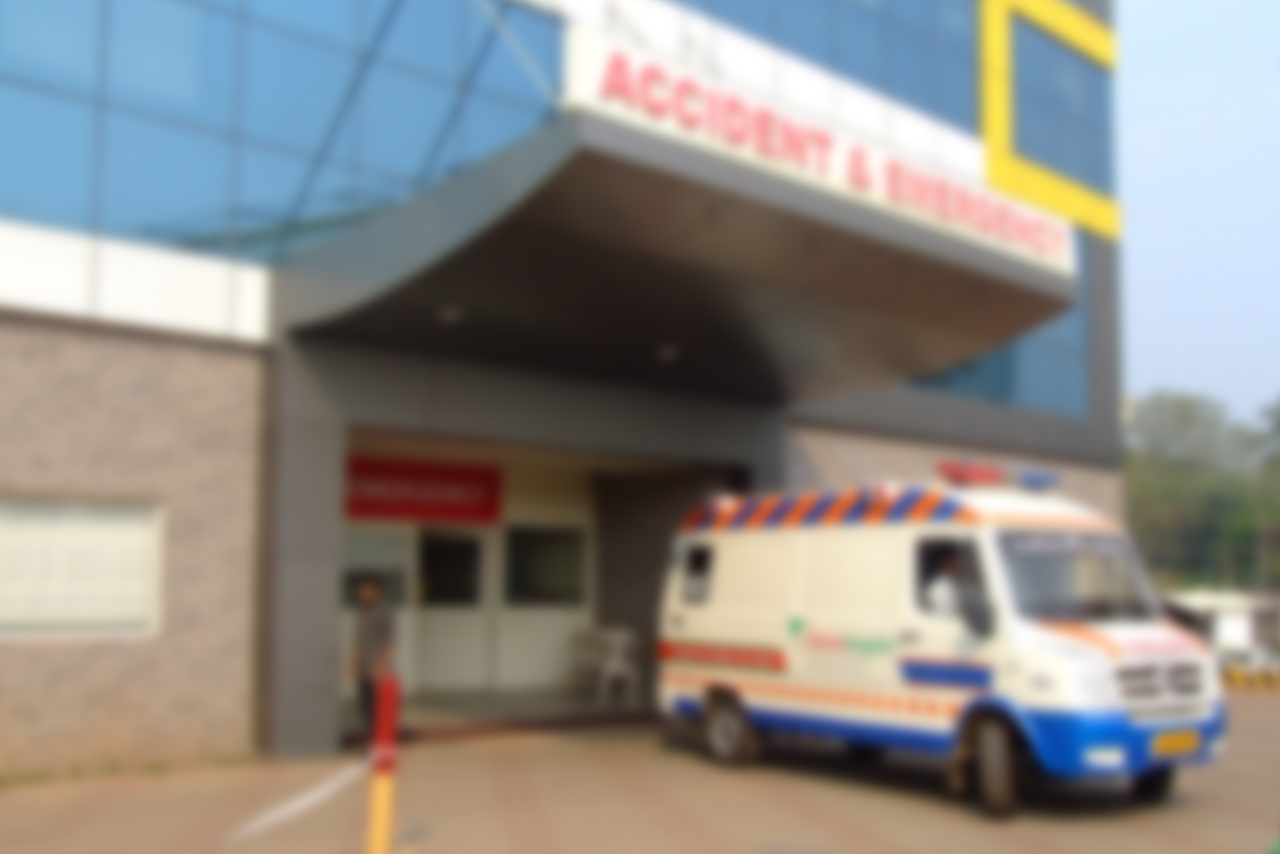
The Life Saving Surgery for Cardiac Tamponade
In the world of trauma surgery, there are rare and highly challenging cases that demand not only expertise but also a deep understanding of how every system in the body interacts under extreme stress. One such case, which tested my skills and resolve, was that of a 22-year-old college student who survived a catastrophic motorbike accident that caused him to suffer a life-threatening condition known as Cardiac Tamponade. This article outlines the journey of this patient, detailing the rapid decision-making, teamwork, and medical interventions that saved his life.
The Patient and the Incident
The patient, a young, bright college student from Kannur district, had been involved in a high-speed bike-to-bike collision. He was immediately rushed to the nearest hospital, where initial observations revealed that he was fortunate to have only sustained facial injuries and superficial abrasions on his limbs. He was wearing a helmet at the time of the accident, and this likely prevented more severe cranial injuries. Despite his relatively stable outward appearance, there was an alarming decline in his blood pressure within hours of admission.
Diagnosis Pericardial Haemorrhage
The medical team, perplexed by the sudden drop in his blood pressure and heart rate, turned to advanced diagnostics. Bedside echo revealed Pericardial Haemorrhage which explained the hypotension as the patient was bleeding into the pericardial cavity. This if not tackled could lead to what is known as cardiac tamponade which is nothing but external compression of the heart by the accumulated blood in the closed pericardial cavity. What complicated this case further was the fact that there was no obvious trauma to the chest or ribcage, making it difficult to correlate the symptoms with the typical mechanisms of injury that cause tamponade. There were no external wounds to suggest a penetrating injury to the heart. The question arose: What caused this dangerous accumulation of fluid in the pericardium?
The Lifesaving Decision: Swift Transport
After receiving a call from the patient’s sister, a former member of my cardiothoracic unit, I was immediately concerned about the gravity of the situation. Knowing that time is the most critical factor in tamponade, I instructed the medical team to transfer the patient without delay to our hospital in Mangalore. The distance between Kannur and Mangalore, which is around 120 kilometers, presented a significant challenge. Thankfully, the ambulance driver managed to navigate roadwork and traffic blockages, making the journey in less than two hours. This timely arrival—another stroke of luck—allowed us to act quickly.
The Surgical Intervention
Upon arrival at Indiana Hospital Mangalore, the patient was immediately shifted to the ICU for stabilization. We performed a CT scan to rule out any undetected cranial injuries (a crucial step in trauma patients, as head injuries can sometimes be overlooked). Fortunately, the CT revealed no such injuries, which allowed us to proceed with the primary concern: the Cardiac tamponade.
Once in the operating room, we proceeded with pericardiocentesis—a procedure to remove the fluid from the pericardial sac and relieve the pressure on the heart. Upon opening the chest and the pericardium, we discovered around 200 mL of blood accumulated in the sac. The source of the bleeding was traced to a minor but critical injury to the heart chamber itself, which had been caused by the shearing force of the accident, not by any direct chest trauma.
This type of injury, known as a Heart chamber tear, is extremely rare but can occur due to the rapid deceleration forces during a traumatic impact. The heart, though encased in the chest, is still vulnerable to such forces, especially when subjected to significant mechanical trauma. The tear was sutured carefully, and after ensuring there were no additional internal injuries, the chest was closed, and the patient was shifted back to the ICU for further monitoring.
Postoperative Care and Rehabilitation
Following the successful surgery, Patient remained on ventilator for five hours to make sure that there was no further bleeding and his vitals remained. The early signs of recovery were encouraging, and after this critical period, he underwent maxillofacial surgery to address the fractures in his facial bones caused by the accident.
The patient’s recovery was nothing short of remarkable. After several weeks of intensive care, including physiotherapy, he regained full mobility and was able to walk unaided when discharged from the hospital. This was a pivotal moment of satisfaction for both me and the entire medical team: we had not only saved his life but also helped him return to his normal, active life.
Reflection: The Role of Luck and Teamwork
Heart is an organ which is usually very well protected by the breastbone (sternum) and the rib cages. Hence blunt trauma causing a tear in one of the chambers of the heart is extremely rare. In my 20 years of cardiac surgical exposure I have never come across such a case. As medical professionals, we often find ourselves at the intersection of science, skill, and, at times, pure luck. This case was undoubtedly one of those rare instances where the combination of timely diagnosis, prompt action, and an incredible team effort resulted in a positive outcome. It was also a reminder of the importance of emergency preparedness, the value of clear communication between medical teams, and the critical role of quick decision-making in trauma care.
What makes cases like this memorable is not only the medical challenges but the human element involved. A 22-year-old student, full of potential, suddenly faced a life-threatening crisis. Yet, through the diligence of the emergency medical team, the skill of the surgical team, and the sheer willpower of the patient, we were able to give him a second chance at life.
In conclusion, Cardiac tamponade—while rare—should always be considered in trauma patients who present with unexplained hypotension or signs of cardiac compromise. Early identification and prompt intervention are essential in saving lives, and the outcomes can be extraordinary when time, expertise, and resources come together. For the patient from Kannur, this story is one of survival, resilience, and the critical importance of medical excellence in trauma care.
About the Author:
Dr. Shyam Krishnan Ashok is the Director and Head of Cardio-thoracic and Vascular Surgery at Indiana Hospital & Heart Institute, Mangalore. His areas of expertise include beating heart surgery for complex coronary artery disease, mitral valve repairs, valve replacements, coronary artery bypass in heart failure patients, minimally invasive aortic valve replacement, and vascular surgery for peripheral artery blockages. He holds the rare achievement of zero mortality in 100 consecutive bypass surgeries at Indiana Hospital and has performed 250 heart surgeries in just 450 days. His dedication to patient care and surgical excellence is reflected in his remarkable track record in the field of cardiothoracic surgery.



